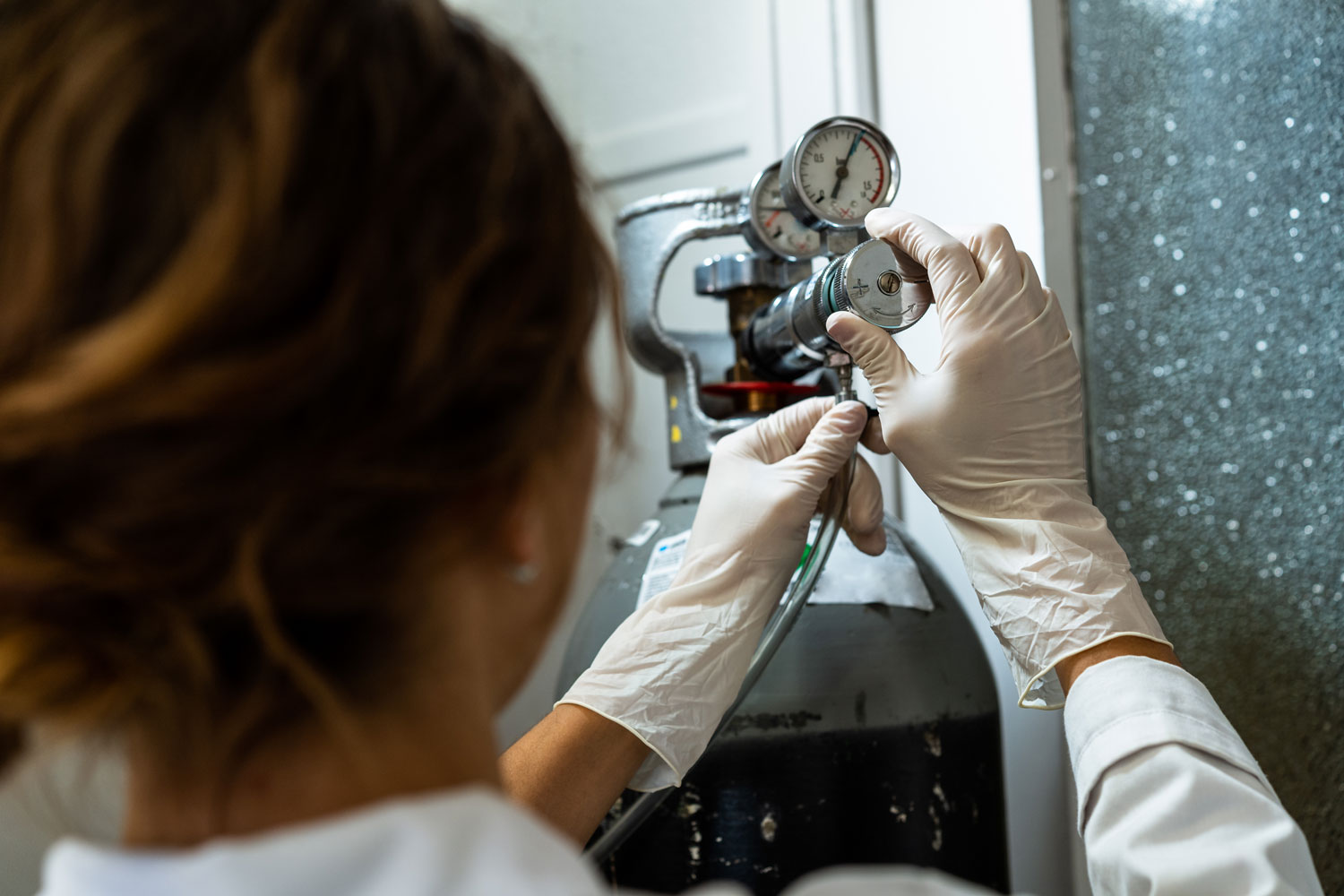Compressed gas cylinder storage should be simple, clean, and auditable. Set clear zones, secure restraints, and write a short daily routine. It pays off in fewer incidents and faster work.
Layout and zoning
- Full, in-use, and empty zones are clearly marked
- Incompatible gases separated with signage
- Ventilation and access lanes maintained
Plan around compressed gas cylinder sizes
Larger cylinders reduce swaps but need deeper racks and more clearance. Smaller cylinders fit tight spaces but increase changeovers. Balance footprint and flow.
Controls that matter
- Anchored racks and upright restraints
- Valve caps when idle or in transport
- Leak-check after every connection
- Training on shutoff and incident steps
Fast audit checklist
- Labels legible and current
- Hydro test dates verified at receipt
- Housekeeping: floors dry, aisles clear
- Logs up to date
Next steps
Walk the area with this checklist and fix gaps the same day. [[Link to “Products – ISO Cylinders”]] [[Link to “Certifications”]]
Suggested image alt text
- Compressed gas cylinder storage rack with signage
- Technician inspecting cylinder restraints
- Full and empty cylinder zones with floor markings




